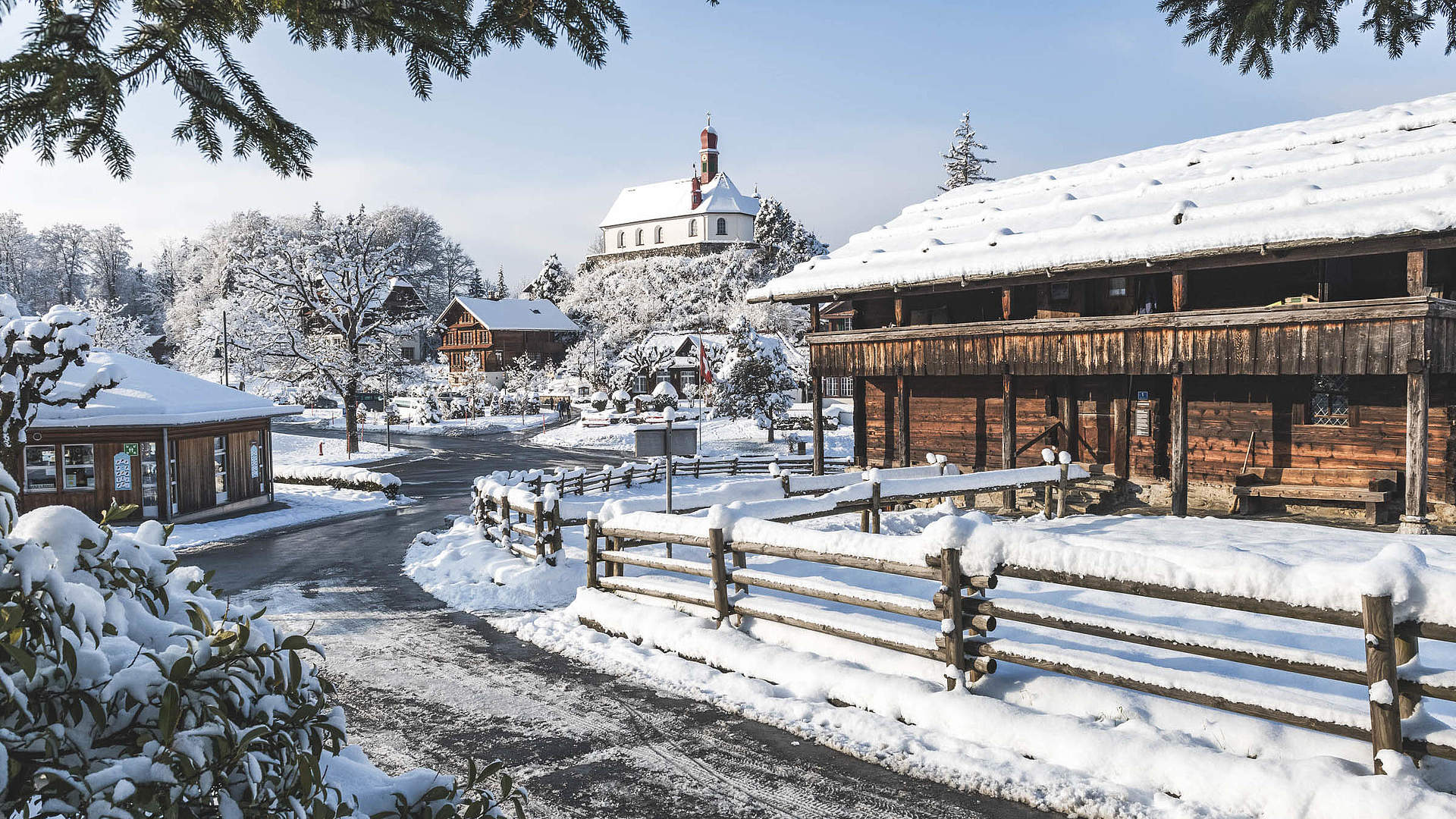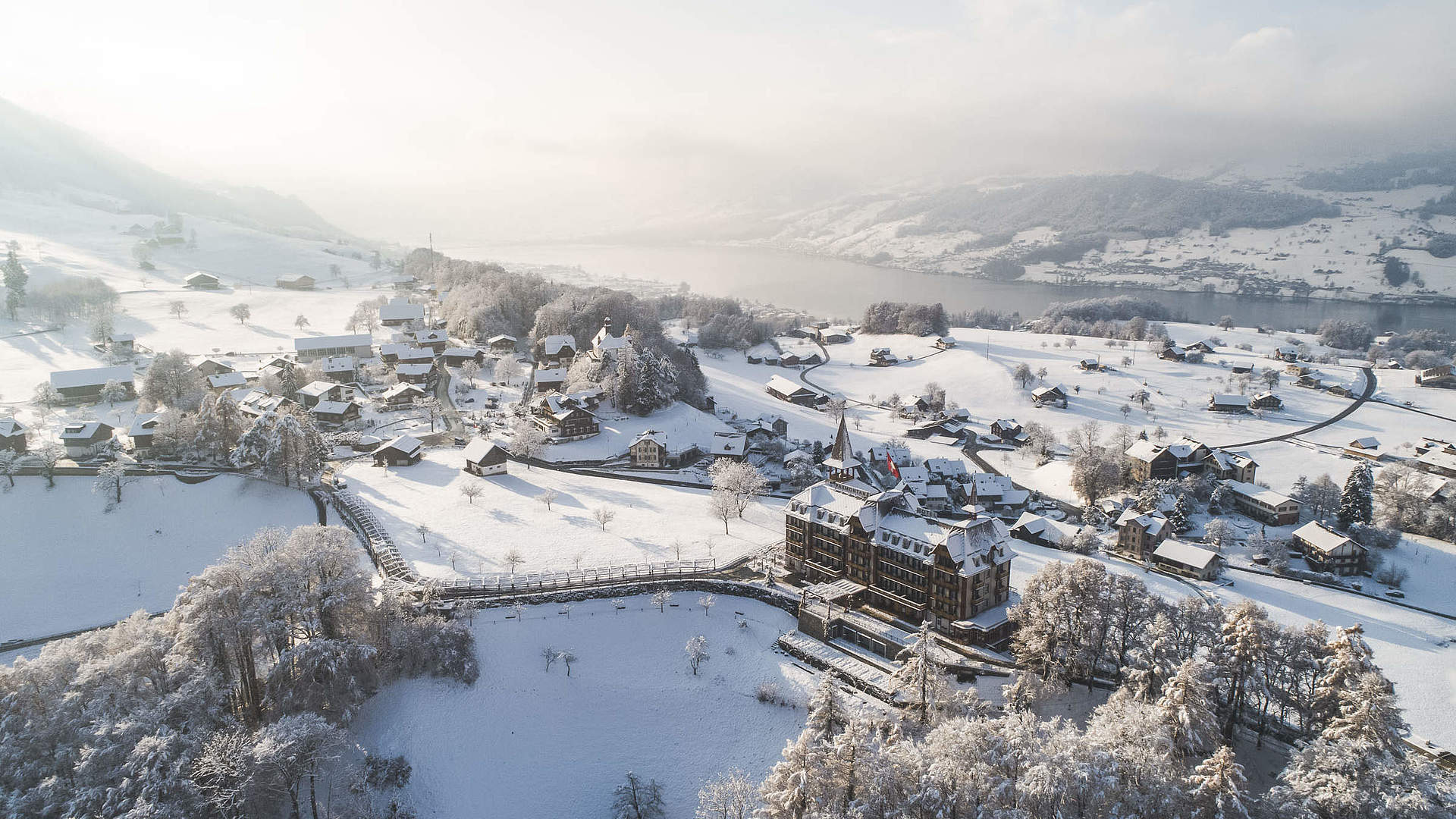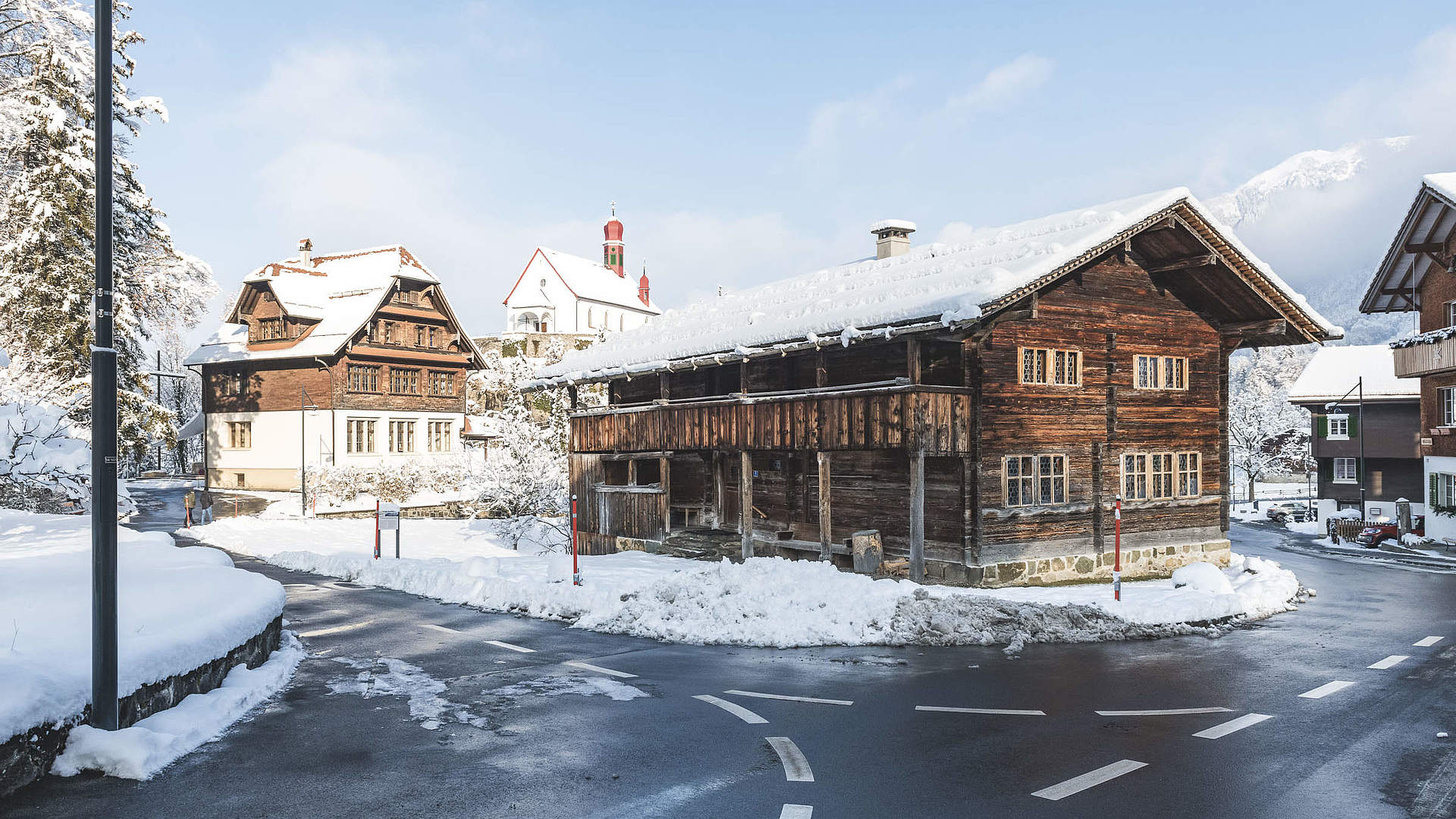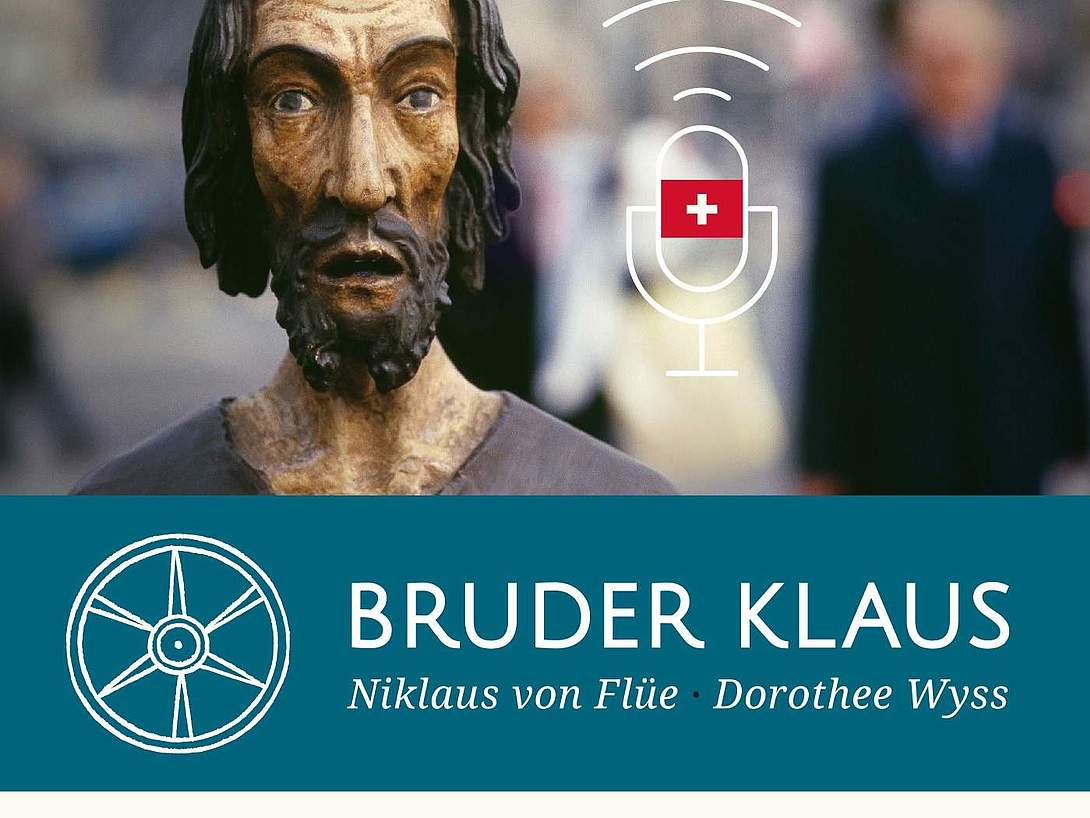The path of visions
The Path of Visions, or Vision Trail, is both a hiking trail and a meditation trail and begins thematically in Flüeli at the birthplace of Brother Klaus and ends in the burial chapel in Sachseln.



The memorial to Niklaus von Flüe, also known as Brother Klaus, is located in Flüeli-Ranft. Located directly on the Way of St. James, this place of power has an intense, mystical and serene aura. A gem of mysticism, spirituality and nature.
Niklaus von Flüe was born in 1417. After a successful life in work, family and society, at the age of 50 he moved to the nearby Ranft, a hillside terrace in the Melchaatobel near Flüeli in the canton of Obwalden. He lived there for 20 years, praying, fasting, reflecting and receiving more and more visitors. The wooden hermitage is nestled between steep hills.
The hermit in the Ranft touched the people of his time to their very core. Men and women traveled from near and far to seek advice and comfort from Brother Klaus, as he was now known. This bond and strength continues to this day. Today, the places where he lived and worked are open to the public.
Built in 1614-18 at the top of the Flüeli rock, the chapel was consecrated to St. Charles Borromeo in 1618. The chapel contains magnificent inlays and a richly painted wooden ceiling and is very popular as a wedding chapel. Church services are also held here on a regular basis.
The birthplace has had an eventful history. The late medieval log building was given its current floor plan around 1425 when it was converted and extended into a semi-detached house. As fragments of the foundation walls of a small previous building were found in the cellar, it can rightly be assumed that Niklaus von Flüe was born in this house in 1417.
The birthplace was inherited by the family of Brother Klaus until 1729. It then passed into the hands of others and was divided into three parts. In the second half of the 19th century, the Flüeli-Ranft Chapel Foundation bought the house back. From 1875 to 1910 it served as a schoolhouse. In 1925, an attempt was made to restore the building to its original form using old wood. The furnishings are intended to give visitors an understanding of the living culture of Niklaus von Flüe at the time. This state was largely respected during the most recent restoration in 1999/2000.
He lived with his family in the house built by Niklaus von Flüe himself in the Schibloch-Matte on the way to the Ranft until he left to live as a hermit in 1467.
The house remained in the von Flüe family until the beginning of the 19th century, but was badly damaged by clumsy alterations. Since the end of the 19th century, it has belonged to the Catholics of the canton of Fribourg and the canton of Obwalden. Before Brother Klaus was canonized, the house was professionally restored in 1946. Most of the interior decoration was recreated at that time based on pictures in Diebold Schilling's chronicle.
On the meadow next to the house, Pope John Paul II celebrated a mass with 11,000 participants during his trip to Switzerland on June 14, 1984. The living room served as a sacristy, which is why a plaque with the Pope's blessing and signature hangs on the wall as a memento.
The Ranft is a place of silence, prayer and strength - inextricably linked with Brother Klaus. The Ranft also stands for the break in his biography, for Niklaus von Flüe's decision to live a different life - in dialogue with God.
Here he lived as a hermit, mystic and highly esteemed advisor. In the Ranft, he prayed, fasted, reflected and became a peacemaker
Niklaus von Flüe, mystic, peacemaker and visionary, has left his mark on Switzerland to this day. In impressive conversations with exciting guests, the podcast sheds light on his life, his spirituality and the significance of his wife Dorothee Wyss - then and now. A journey to values, faith and humanity right in the heart of Switzerland.

The podcast takes you deeper into the world of Brother Klaus and Dorothee Wyss. It tells of their decisions, their courage and their lasting inspiration for our time. Step by step, a multi-layered picture emerges of two people whose journey is still moving today - and inspires us to reflect on our own lives.
Discover the story of the Ranfteremite Brother Klaus and his wife Dorothee in a fun way. Ten tricky missions challenge your mind and spirit. Equipped with your own smartphone, the "Klaus Sack" and around 2 hours of time, nothing stands in the way of the puzzle experience.